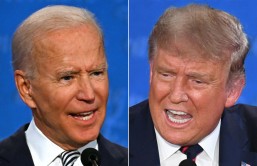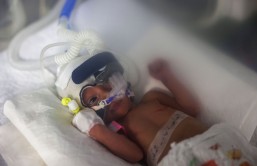Colonoscopies are grossly overpriced and often given unnecessarily, according to an article by the New York Times.
Deirdre Yapalater, a patient, was recently billed $6,385 for a cancer-screening colonoscopy that took under an hour to perform. This is fairly standard in the U.S.
Colonoscopies are among the most expensive procedures that the majority of healthy Americans have on a routine basis. They usually cost more than a Cesarean section in most other developed countries.
About $10 million people have the procedure done every year, which adds up to a whopping $10 billion in healthcare costs.
In most other countries the same procedure costs only a few hundred dollars if that. This is marginal compared to the price in America.
Colonoscopies are not priced based on the actual cost of the procedure, they are often a way for the medical industry to bring in revenue, and have more to do with insurance companies and hospitals than the medical expenses themselves.
Americans have some of the most expensive healthcare in the world, and are prescribed costly procedures for preventative screening more often than anywhere else. In fact, Americans pay a great deal more for almost all procedures.
There are less expensive options for colon cancer screening that have been deemed equally effective by the federal government's panel for preventative care and are commonly used in other countries.
Some other colon cancer screening methods are: tests for blood in the stool, or a sigmoidoscopy which looks at only the lower intestine where most cancers grow.
"We've defaulted to by far the most expensive option, without much if any data to support it," said Dr. H. Gilbert Welch, a professor of medicine at the Dartmouth Institute for Health Policy and Clinical Practice.
Until about ten years ago colonoscopies were only performed on patients who were at a high risk for colon cancer or to check for bleeding in the intestines.
Studies that were released in 2000 and 2001 suggested colonoscopies for healthy people as well, claiming that they detect early cancers.
The study did not compare the effectiveness of colonoscopies with cheaper methods of screening that were less invasive.
The pricing on actual medical procedures and equipment is extremely elusive in the U.S. Patients can be billed for basically anything, with no way of knowing if the price is legitimate. In most other developed countries patients can see a price list of common procedures in almost any hospital or doctor's office.
"Americans pay, on average, about four times as much for a hip replacement as patients in Switzerland or France and more than three times as much for a Cesarean section as those in New Zealand or Britain. The average price for Nasonex, a common nasal spray for allergies, is $108 in the United States compared with $21 in Spain," according to the New York Times.
"if a doctor says you need it, you don't ask," Yapalater said.








